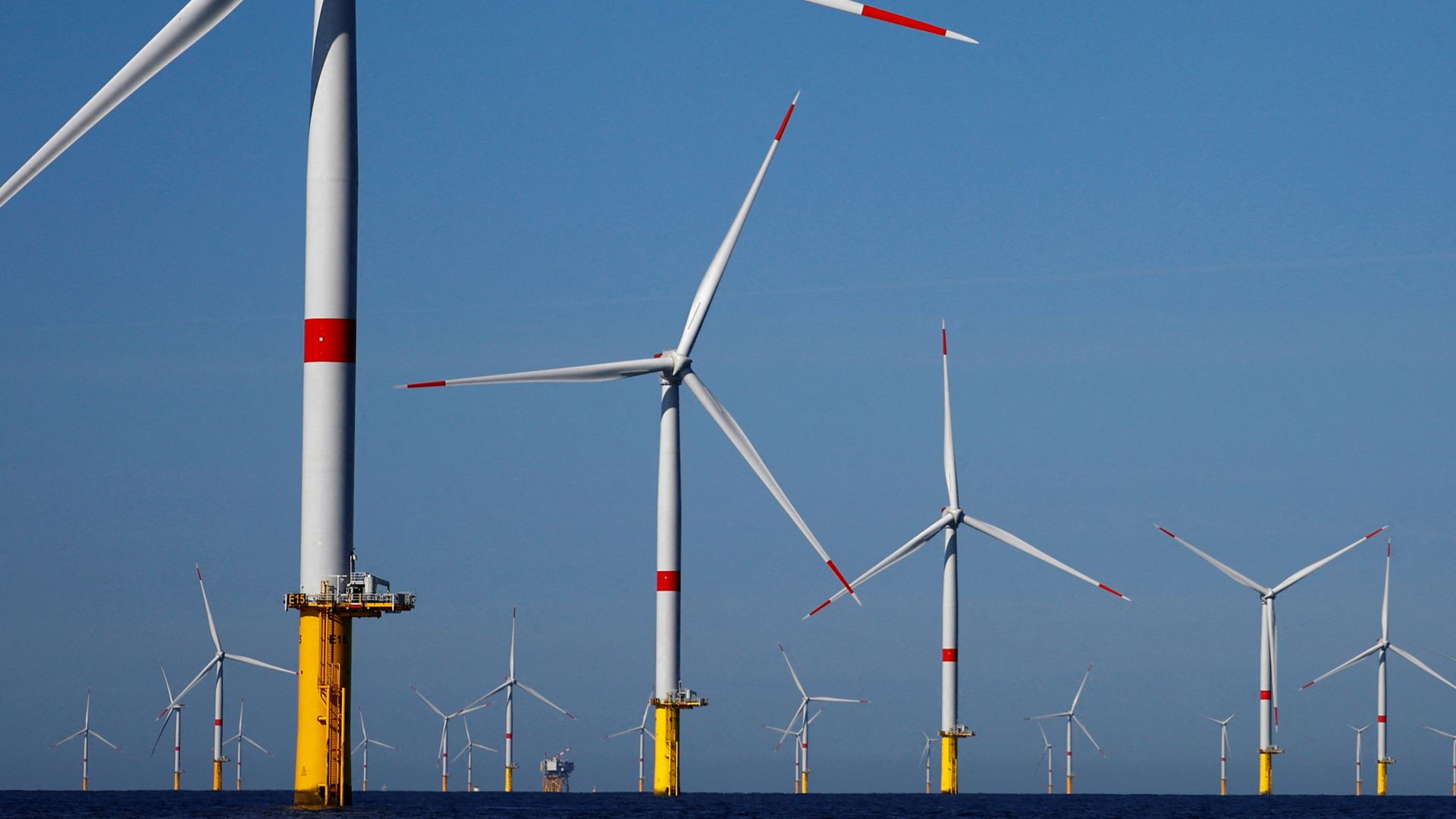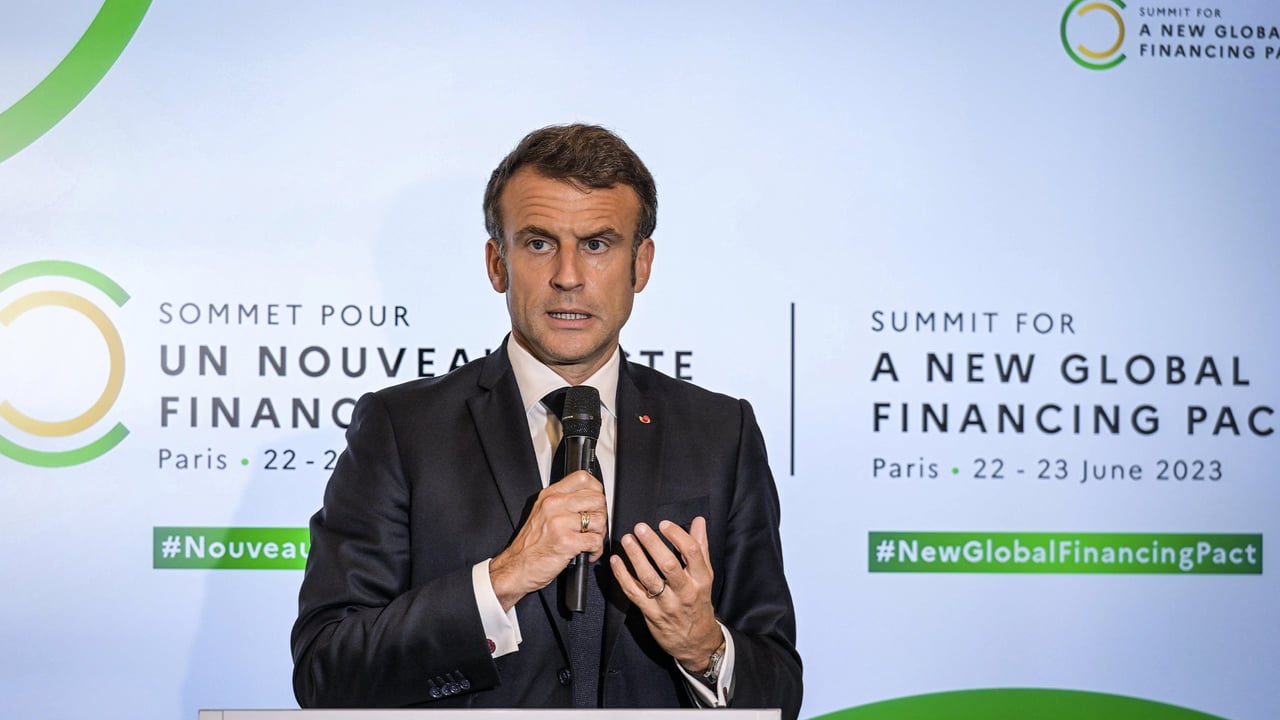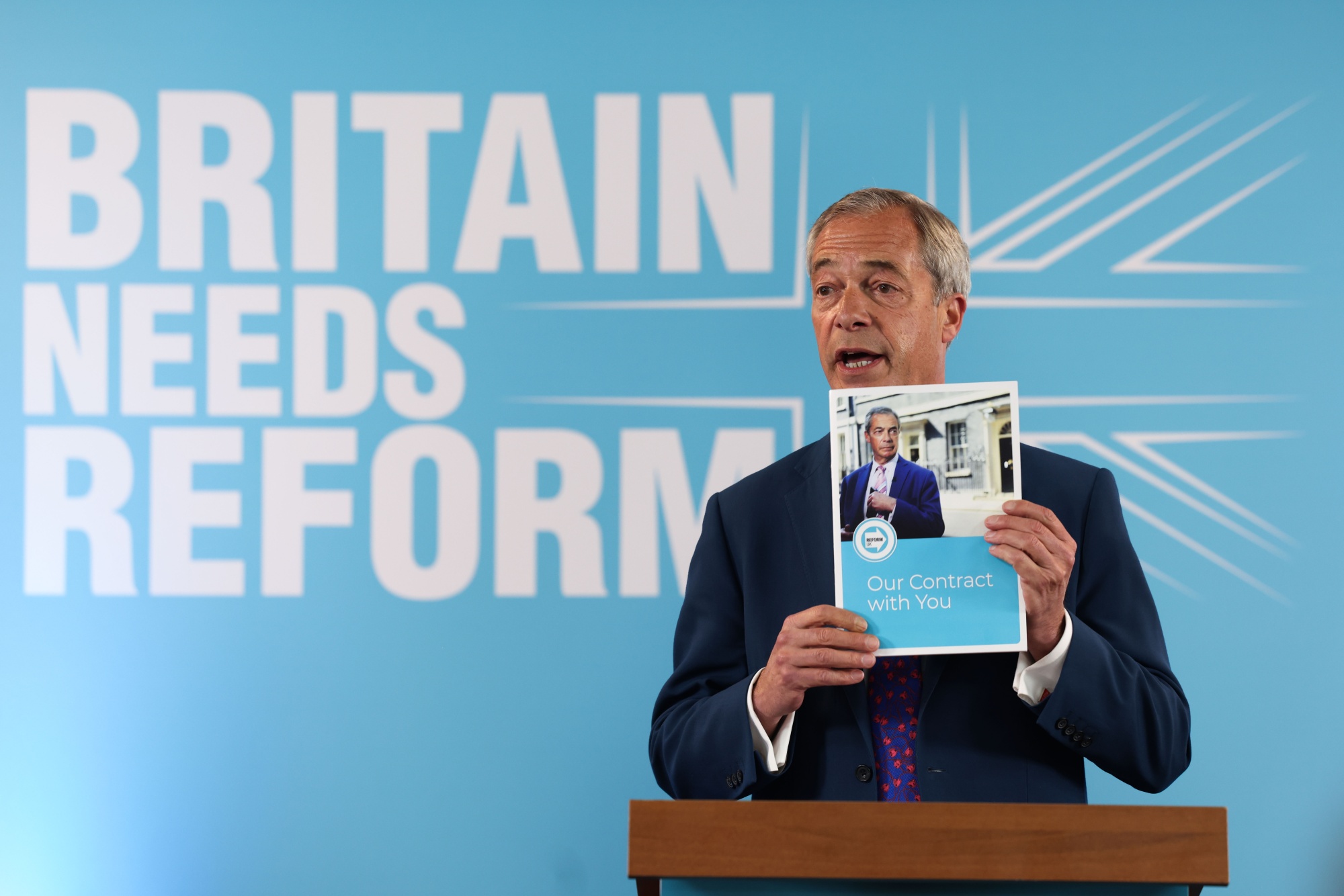High Costs Jeopardize Offshore Wind Farm Investments: Industry Shift

Table of Contents
Soaring Capital Expenditure and Financing Challenges
The escalating costs of offshore wind farm projects are significantly impacting investment decisions. This is largely driven by inflation and the subsequent challenges in securing project financing.
Inflation's Impact on Offshore Wind Farm Development
Inflation has dramatically increased the cost of materials and labor, significantly inflating project budgets. This affects every stage of development:
- Increased steel prices: A major component of offshore wind turbine foundations, steel price fluctuations directly impact project costs. Recent price surges have added millions to individual project budgets.
- Turbine component costs: The complex manufacturing processes for turbines involve numerous components, each susceptible to price increases driven by inflation and supply chain issues.
- Labor expenses: The skilled labor required for construction, installation, and maintenance is increasingly expensive, adding to overall project costs.
The resulting cost overruns create heightened risk perceptions for investors, making it harder to secure project financing. Lenders are understandably hesitant to commit capital to projects with uncertain cost projections. For example, a recent analysis showed a 20% increase in foundation costs for a specific project due to increased steel prices alone.
Securing Funding in a Volatile Economic Climate
Competition for limited investment capital is fierce within the renewable energy sector. Offshore wind projects, already capital-intensive, now face increased scrutiny from lenders and investors. This increased scrutiny demands:
- Stronger risk mitigation strategies: Developers need to demonstrate robust risk management plans to attract investors and secure financing. This includes detailed cost estimates, contingency planning, and comprehensive risk assessments.
- Exploration of alternative financing models: Innovative financing models like green bonds and public-private partnerships are becoming increasingly important in attracting investment. Green bonds, specifically designed for environmentally friendly projects, can attract a broader range of investors.
- The role of government subsidies and incentives: Government support through subsidies, tax credits, and other incentives plays a crucial role in mitigating financial risks and making projects more attractive to investors. These incentives can bridge the gap between project costs and investor expectations.
Supply Chain Bottlenecks and Project Delays
Supply chain disruptions significantly contribute to offshore wind farm project delays and escalating costs.
Global Supply Chain Disruptions
The global supply chain has been significantly impacted by several factors:
- Delays in the delivery of critical components: Turbines, subsea cables, and foundations are often manufactured globally, leading to delays due to logistics bottlenecks, port congestion, and shipping constraints.
- Impact of geopolitical instability and trade wars: Geopolitical tensions and trade disputes disrupt material sourcing and manufacturing processes, leading to shortages and price increases.
- Increased lead times and transportation costs: Extended lead times for critical components and increased transportation costs due to fuel price volatility further escalate project expenses.
Labor Shortages and Skilled Workforce Gaps
The industry also faces challenges related to human capital:
- Demand for specialized skills: The construction and maintenance of offshore wind farms require highly specialized skills, creating a significant demand for a skilled workforce.
- Challenges in training and retaining a skilled workforce: Training and retaining this specialized workforce is a significant challenge, impacting project timelines and overall cost efficiency.
- Impact on project timelines: Labor shortages directly impact project timelines, increasing costs due to delays and the need for overtime or expedited services.
Regulatory Hurdles and Permitting Processes
Regulatory hurdles and lengthy permitting processes pose another significant challenge.
Lengthy Permitting Processes and Bureaucratic Delays
The approval process for offshore wind farm projects is often complex and time-consuming:
- Complex environmental impact assessments: Thorough environmental impact assessments are crucial but can lead to significant delays in project approvals.
- Variability in permitting regulations: Inconsistencies in permitting regulations across different jurisdictions further complicate the process.
- Suggestions for streamlining permitting processes: Improving regulatory efficiency and streamlining permitting processes is essential for reducing project timelines and costs.
Grid Connection Challenges and Infrastructure Limitations
Integrating large-scale renewable energy sources like offshore wind farms into existing grids presents significant challenges:
- Need for significant grid upgrades: Integrating the substantial amount of energy generated by offshore wind farms often requires major grid upgrades.
- Costly grid connection infrastructure projects: These upgrades are expensive, adding to the overall project expense.
- Potential solutions: Smart grids and energy storage systems offer potential solutions for managing the influx of offshore wind energy and optimizing grid stability.
Conclusion
The escalating costs associated with offshore wind farm development pose a significant threat to the industry's growth trajectory and the broader goals of the energy transition. Addressing the challenges related to capital expenditure, supply chain vulnerabilities, and regulatory hurdles requires a collaborative effort involving developers, investors, policymakers, and the wider industry. Streamlining permitting processes, fostering innovation in cost-effective technologies, securing stable funding mechanisms, and improving supply chain resilience are critical for ensuring the long-term viability and success of offshore wind farm investments. Investing wisely in mitigating these risks is crucial to unlock the full potential of offshore wind energy and achieve a sustainable future powered by clean, renewable sources. Failing to address these high costs risks severely limiting the expansion of this vital source of clean energy. We must prioritize finding solutions to these challenges to ensure the continued development of successful offshore wind farm projects. The future of offshore wind farm investment depends on it.

Featured Posts
-
 Free Cowboy Bebop Cosmetics In Fortnite A Limited Time Offer
May 03, 2025
Free Cowboy Bebop Cosmetics In Fortnite A Limited Time Offer
May 03, 2025 -
 Fortnite Item Shop Navigation A Guide To The New Feature
May 03, 2025
Fortnite Item Shop Navigation A Guide To The New Feature
May 03, 2025 -
 Francafrique Les Promesses De Macron Face A La Realite Africaine
May 03, 2025
Francafrique Les Promesses De Macron Face A La Realite Africaine
May 03, 2025 -
 Reform Uk Five Reasons Why Its Failing To Gain Traction
May 03, 2025
Reform Uk Five Reasons Why Its Failing To Gain Traction
May 03, 2025 -
 Bbc Two Hd Newsround Tv Guide And Schedule
May 03, 2025
Bbc Two Hd Newsround Tv Guide And Schedule
May 03, 2025
